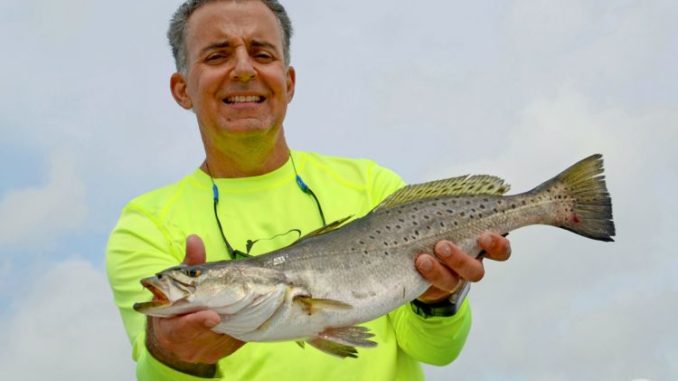
The Mississippi River Gulf Outlet, a dredged channel completed in 1965, never lived up to its predicted potential to largely replace the river proper as a deepwater approach to the Port of New Orleans.
Rock jetties were placed on both sides of the entrance to the 76-mile long waterway to stabilize it. The jetties today no longer serve a navigational function, but are a seasonal fishing hotspot in St. Bernard Parish.
In fishermen’s terminology, the jetty on the northeast side is called “the short rocks,” simply because it doesn’t extend as far into Breton Sound as does the jetty on the other side of the channel.
Naturally enough, the rock jetty on the southwestern side of the channel is called “the long rocks.” Partway down this jetty a gap called “the gap in the rocks” has been constructed to allow work boats shortcut access to Black Bay.
Further out on the long rocks is what is called “the new gap,” a mile or so long stretch where the U.S. Army Corps of Engineers scrounged the rocks from the jetty to build the dam that ultimately closed MRGO.
The best time to fish the rocks for speckled trout is May and June of each year. The rocks are famous for holding redfish, as well, with numbers being highest from the onset of cold weather and into April.
The jetties offer a lot of fishing territory and a fisherman has to know where on the rocks to fish, said Brian Guidry. “Sometimes when the wind blows, the water gets dirty further out. You have to find where the clear water starts.”
“But if it’s clean all the way out,” countered Steve Kissee, “go fish all the way out on the end. That’s where the big boys are.”
They noted that they seldom fish the short rocks, although they admitted that people catch fish there. “They tend to run smaller there,” quipped Kissee.
